The past two years profoundly changed my musical life. Amidst the disappointments, the highlight was making the music for a feature-length documentary called “Tomb of Joseph.” The fully completed film will screen this week at the LDS Film Festival in Orem, Utah, Thursday, March 3, 5:45 pm. If you are within driving distance, I would suggest you get a ticket and join us. CLICK here to order a ticket. As soon as it becomes available by streaming or DVDs I’ll let my dear readers know.
I would recommend this film to anyone with an interest in the American history of religious freedom.
You can listen to the musical soundtrack album from “Tomb of Joseph,” on your favorite streaming service or through the link below.
A Musical Story
Nearly a year ago I got a call from Phil Tuckett asking if I would be interested in scoring the music for a documentary he was about to undertake. Phil was a top producer for NFL films for many years. That is where I met him when he used some of my music for his football films. Then he “retired” to start the film department at his alma mater Dixie State University in St. George, Utah. He also was instrumental in founding one of Utah’s best kept secrets, DocUtah Film Festival. (sometime I’ll write a Boost just about Phil’s fascinating career in film.)
He explained that the new film would be an account of the mob murder of Joseph Smith, founder of the Church of Jesus Christ of Latter-day Saints (LDS). In 1844 Smith was arrested and taken to an unsecured jail where a mob stormed it, shooting and killing both Smith and his brother Hyrum. It was a story I knew well and what Phil told me next piqued my interest.
His hope was to make a film that would tell the story with historical accuracy. He maintained that the story of Smith’s martyrdom was an American story, a tragedy wrapped up in the rise and fall of the city of Nauvoo on the banks of the Mississippi that most non-Mormons knew little about. I was intrigued. I was also nervous about getting involved.
Though I come from a family who has strong roots in the early days of the LDS Church, I have not been a participating Mormon since my late teens. Mind you, I remain proud of my heritage and deeply appreciate the love of my family who are all active Mormons. Nevertheless, I shy away from what I perceive as “faith promoting” projects. I love historical accuracy like I love good science and abhor fake news, real fake news. “Real fake news,” why does that sound so funny? The way Phil talked about the project, it felt like something I could trust. I said, “I’m interested.”
What I did not mention to Phil is that I had not scored an entire film for over thirty-five years. When I graduated from film school in the early seventies, I had planned on a career making music for film but it did not quite work out that way. I scored a couple of dozen small productions but eventually ended up more as a producer, making over a hundred public radio features and a few Public TV shows. Most of those were about music and folklore because that remains a center point of my life and work.
Usually the guy who puts the music together for the film comes in after the film is shot and works with the rough edit, making the music fit to the film. What Phil made clear from our first lunch meeting is that he wanted to work in a different way. He asked me to complete the music before the film was shot so that it could set the mood that would inform the filmmaking from the git go. Also, he wanted the music central to the editing process, providing a rhythmic basis for the flow of the film. I was heartened by both the opportunity and freedom this gave me as a composer. On the other hand, the responsibility was daunting. I found out later that this way of working is rare but not unheard of. Apparently when Bernard Herrmann composed the music for “Citizen Kane,” he wrote much of it in advance of the shooting, and it informed the production.
Over the next few months Phil and I met over lunch often. We both love food and soon discovered a mutual passion to question, plan and plot. He first developed an outline for the film in sixteen sections. I pressed him on each section so I could understand the underlying emotion. I find with many documentaries, particularly historically accurate ones, they often lack in authentic emotion. I’ve always believed that the soundtrack is the place where a director and composer can make the visual parts sing. In addition, music can do complex things to enhance the viewers experience, which, by the way, works simultaneously as the viewers ears never stop working and discerning. The ear is a critical and unheralded organ.
It was a song I wrote many years ago that gave Phil the idea of using music to help unfold the story. There was to be a scene in the film where Joseph Smith’s wife Emma learns that her husband has taken on multiple wives in polygamy. By this time, Joseph Smith’s life was in danger and he needed to hide out of sight of the law, so Emma is alone and in turmoil.
I wrote the song “Oh Sisters” at a time when I was going through the greatest turmoil of my life, separation and divorce. As it happened, I was also scoring a documentary on polygamy. It was a challenging film, so even-handed that that it expressed almost no emotion. I remember lying alone in bed one night, in pain over my own plight but also thinking about how I could provide a human element to the story. A line came to me that night in the dark, “scent of my husband lies faint on my pillow.” On a personal level, I was mourning the loss of a wife and her scent but that night I dreamed of my great grandmothers and how they must have felt when their husbands spent the night in the bed of another. It was this song that inspired Phil to increase the role of music in the film.
At one of our lunches, Phil came up with a startling idea. He suggested that the 3hattrio appear in the film as a “Greek Chorus,” playing music, on screen that would act as a narrative voice helping to tell the story. The tradition of Greek choruses in theater is an old and revered device but using our group in this way would be innovative for the documentary form. Again, I loved the idea but my responsibilities had just became much more involved.
Phil has a keen sense for music and always has good ideas. Once he asked me to watch “Dead Man Walking,” an Academy Award-winning film about a man on death row in Louisiana and a Catholic sister who works to redeem his soul. The masterful soundtrack by David Robbins starts out with an East Indian raga as viewers watch scenes of a poor neighborhood in Louisiana. Phil observed that the juxtaposition of the Deep South with a very foreign music created a new way of looking at the scene. He asked if my Middle Eastern-sounding song, “Tongues,” might be a fitting theme echoing Joseph Smith’s passion for Egyptology and ancient biblical history as one of the introductory pieces of music. His instinct was spot on.
I decided that much of the music did not need to be be historically correct. There were instances where authentic shape note singing and fife and drum music from the Nauvoo Legion were in order. I’m indebted to my cousin Stephen Jardine for his vast knowledge of that period of music. I also wrote some music that sounded like it was from the 1840’s. And for our appearances in the film, we wanted to be playing period instruments. To begin, we chose a few already-recorded pieces of music that would work at various points in the film. They mostly came from 3hattrio’s album “Lost Sessions.” Now came the hard part: composing new songs that would be performed by 3hattrio in the film.
OK, this is the part that gets weird. Some might call it magical. Some might call it spiritual. Others might question my grasp on reality. All I know is that this is what happened. As I sat down to write the lyrics to accompany those scenes from 1844. I felt the presence of my ancestors standing by my side helping me understand the reality of their lives. I felt all their hope for a better life, for a connection with the Almighty. Also, I felt their pain from persecution, as a dream was shattered with the murder of their prophet. It is all reflected in the songs we wrote together.
Today, I have difficulty getting through some of those songs without being overcome by the grief of my great-great grandfather, George Cannon the immigrant, who crafted the coffins and fashioned the death masks for Joseph and Hyrum. I had never taken much stock in inherited trauma until this time. But it is real. I know that now.
The day I previewed the music for Phil Tuckett was one of the most nervous-making days of my life. I had been working diligently with my musical partner, Greg Istock, building the arrangements. Greg mixed the recordings and his touch with making the arrangements was, in every case, top notch.
There were seventeen pieces of music I took to Phil’s office that morning. I played them in sequence saying little between each piece. I can’t remember now how he reacted. In retrospect I believe he expected the music would be good, even perfect. He had faith in me and that made the difference.
The next step was to make a site visit in Nauvoo, Illinois where I would meet the primary players in the production and determine where all the historical reenactments were to be shot. Phil and his talented cinematographer T.C. Christensen had already filmed a great deal of footage including interviews with historians and drone shots of historic Nauvoo in wintertime when the town was empty. Also, they had shot tons of footage of what’s called “B” roll which are cutaway shots to period objects that add to the film’s visual content. It was also on this trip to Nauvoo that I first met the film’s executive producer, Brian Christiansen, and learned more about the other theme of the film, the tomb of Joseph that gives the film it’s title.
Brian is one of those guys who is so unassuming that you have to really get to know him to see his depth. As it turned out, the film contained two stories that would weave together. The first portrays Nauvoo in the 1840s and the events that lead up to Joseph Smith’s murder. This was the part of the film that needed the musical score. Brian also wanted to tell another story, one that was unfolding as we were planning.
Brian had purchased an old inn and mercantile kitty-corner from the historic Mormon Temple. During renovation he and the workers stumbled on to a stone structure buried under the front yard of the store. As they dug they began to wonder if this might be the tomb that Joseph Smith commissioned before his death, a structure lost in time but important to the religious history of Nauvoo. This part of the film was more lighthearted, presented as an almost “Indiana Jones” quest for the actual Tomb of Joseph. I won’t give away the ending; I’m not sure there even is a definitive ending to this story. Brian hired a talented historian, Joseph Johnstun, to be the film’s official conscience. I continue to admire his diligence in the quest for historical truth.
After scouting for locations, we all determined that the best places were properties owned by the LDS Church and the Community of Christ Church, the religion that broke off when Brigham Young and his followers trekked West to their Zion in Utah. Neither church was anxious to show support for the production and the LDS Church denied access to their properties. I was surprised by this but also heartened. It freed up pressure to tell any single story that supported the official line. I really don’t know who on the crew or cast was Mormon. I know that I was never once asked about my religious standing. And though it was never discussed, I assume most of the good and talented people involved in this film considered themselves part of the fold.
It was decided that the Greek Chorus, AKA 3hattrio, would be cast as Mississippi River ruffians. We were observers, not part of the drama. I liked that. 3hattrio was to be on-set for one week of the two-week shoot in June of 2021. As soon as we arrived in Nauvoo, Illinois, we were fitted for costumes. We all had half-crazed looks from the forced hermit life we’d been living under Covid. in period dress, we fit our parts. Greg and I with our long white beards looked otherworldly, while young Eli in his jaunty cap looked like a wolf of the world.
We had already recorded the music so during the filming we played along with what we heard over loudspeakers. The first scene was shot in an historic home. I was standing on the side of an ancient square grand piano holding my banjo and singing as Greg approximated the fingerings on the piano. Eli stood to the side holding his violin. The song was historic and written by Joseph Smith’s youngest son, David Hyrum Smith. Titled “The Unknown Grave,” it is undeniably moving and grief filled. The room was crowded with crew, cameras, lights and gear all around, as I sang the pain of a son still in the womb when his father was murdered, grieving as an adult that his father’s body couldn’t be buried with proper ceremony because it had to be hidden from grave robbers. It could never rest in the tomb that Joseph had designed where he would be joined by his family on the Day of Judgement. I noticed several crew members wipe tears from their faces as the song unfolded.
From that point, the week blurred into long days of rehearsing and shooting. We were lucky that the first week of weather was mild and there was no rain. After we left, the next week’s weather was more challenging. As we packed up to come home it seemed strange to have our part of the work completed. I didn’t want it to end.
Once the shooting was complete, all the hours of video had to be catalogued by Phil’s grandson Trey. Then Phil needed to shut himself away for the summer to edit. Another of Phil’s ideas was that all of the footage that portrays the1840’s should have the look of the actual photographic technology of the day which would have been the daguerreotype, developed in 1839. When “Tomb of Joseph,” is unveiled this week at the LDS Film Festival, we will see that technology for the first time. I can’t wait. Hat’s off to all those who worked so hard to make this film come to fruition.



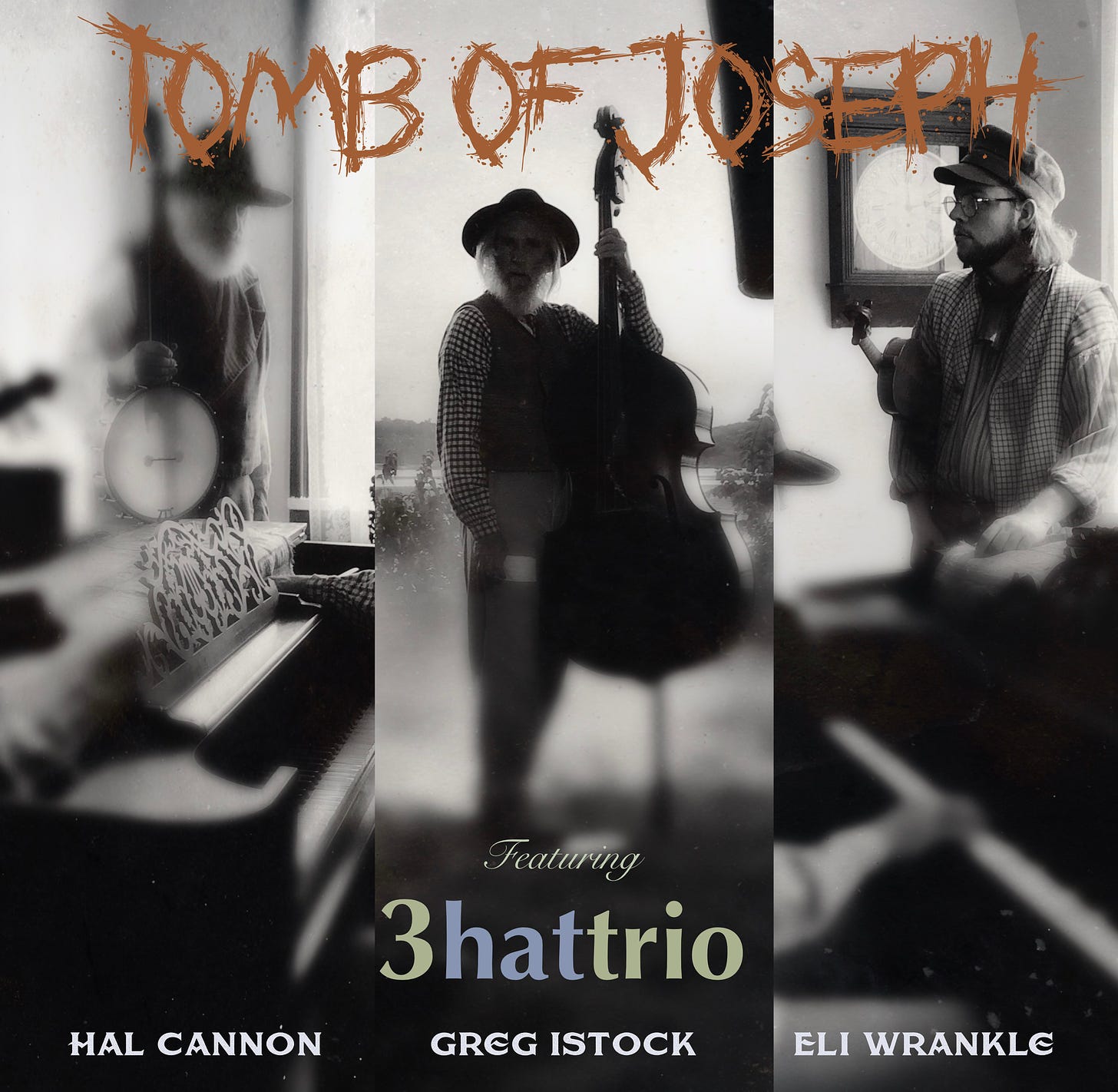

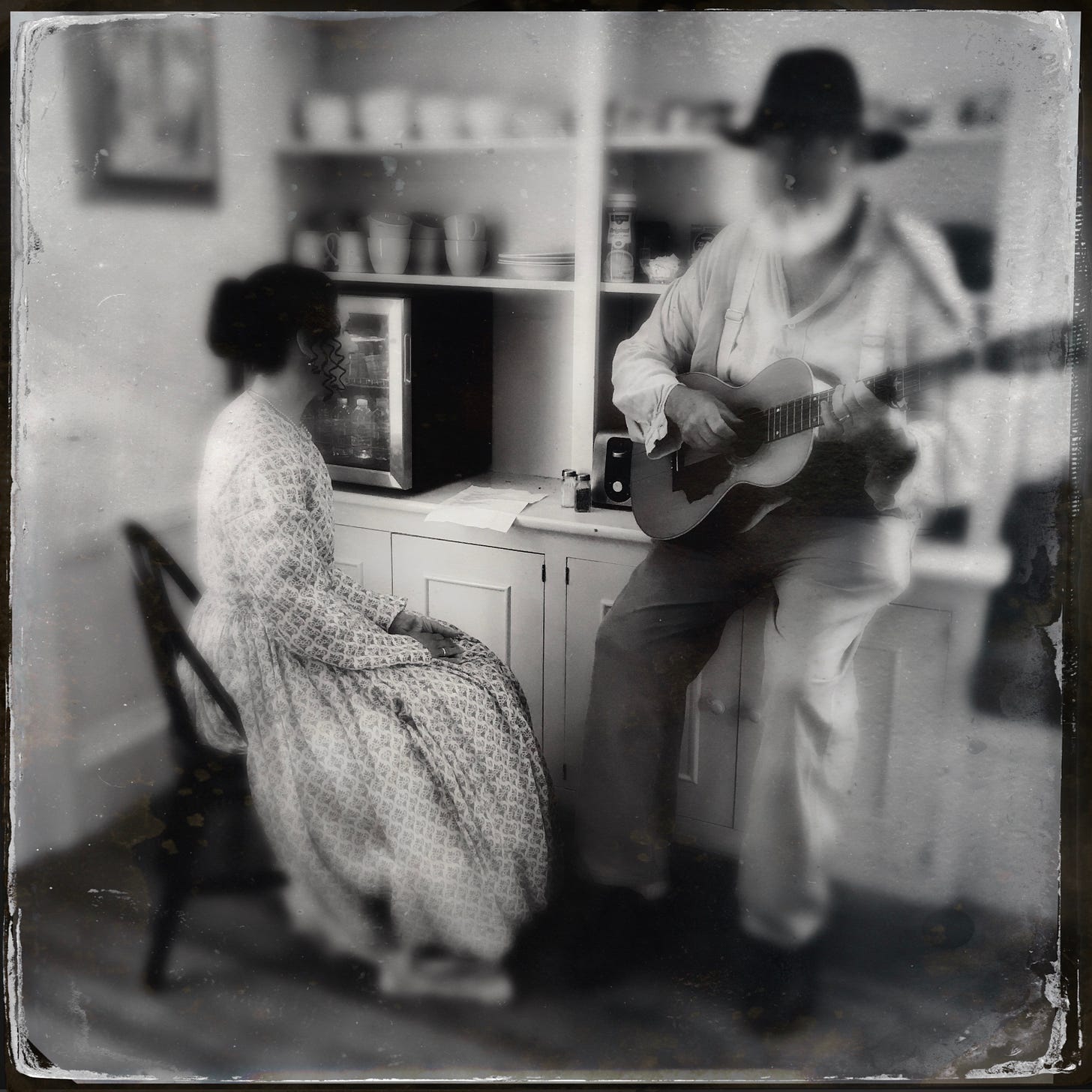
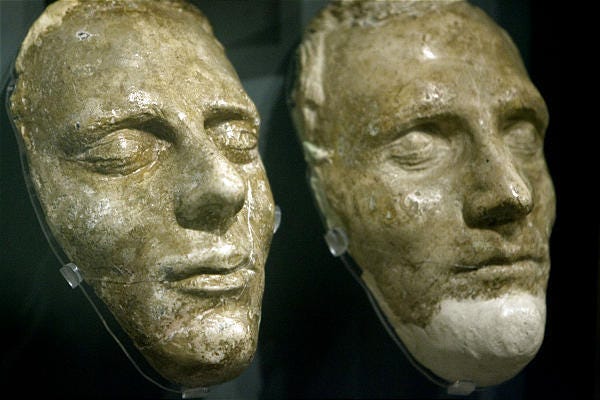
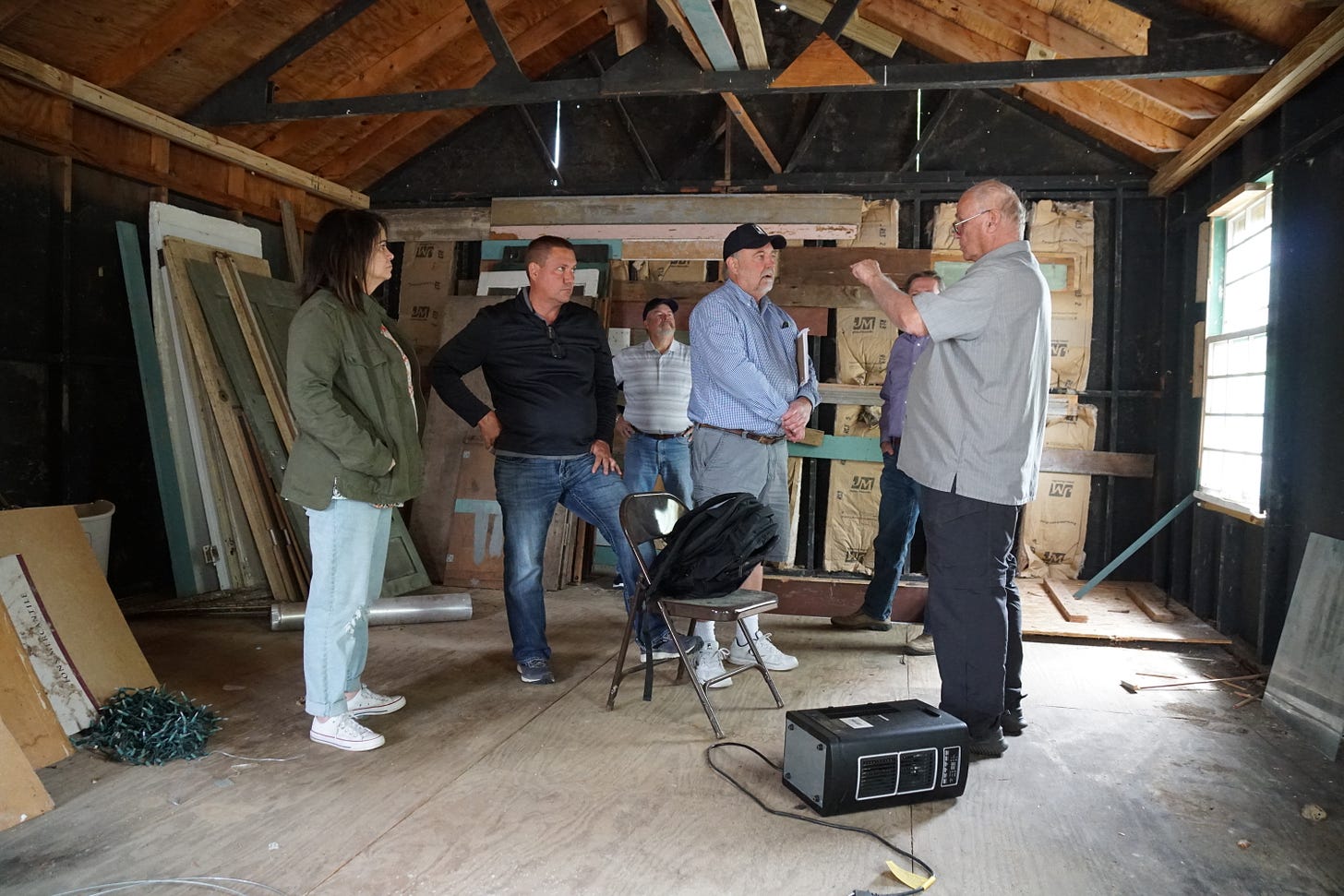
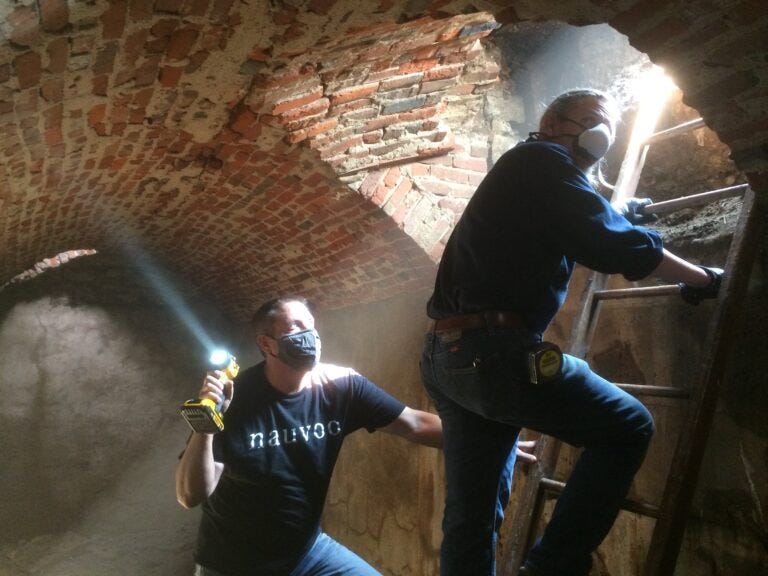
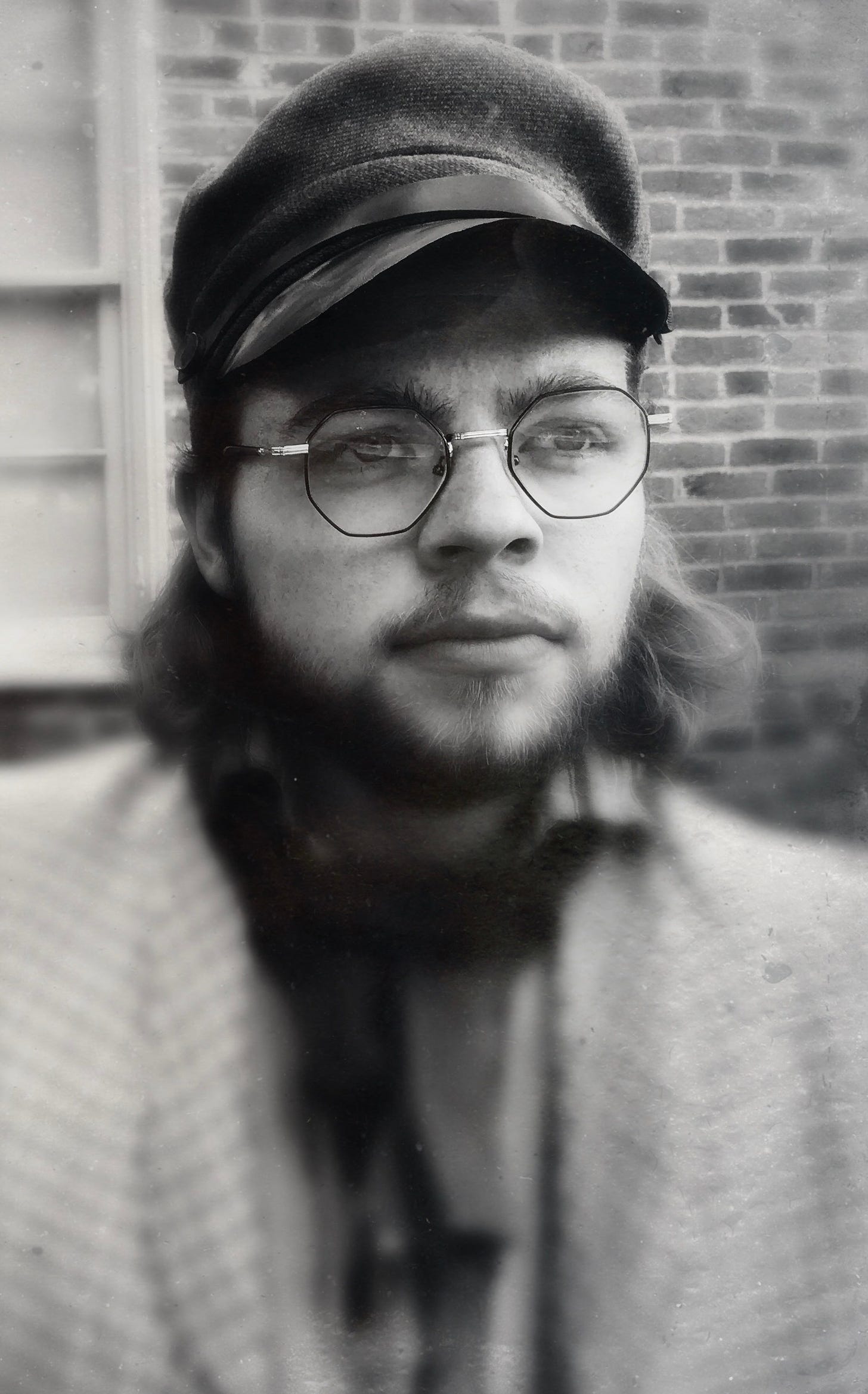
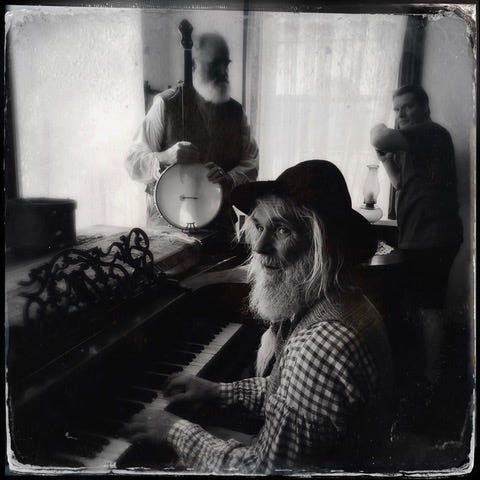
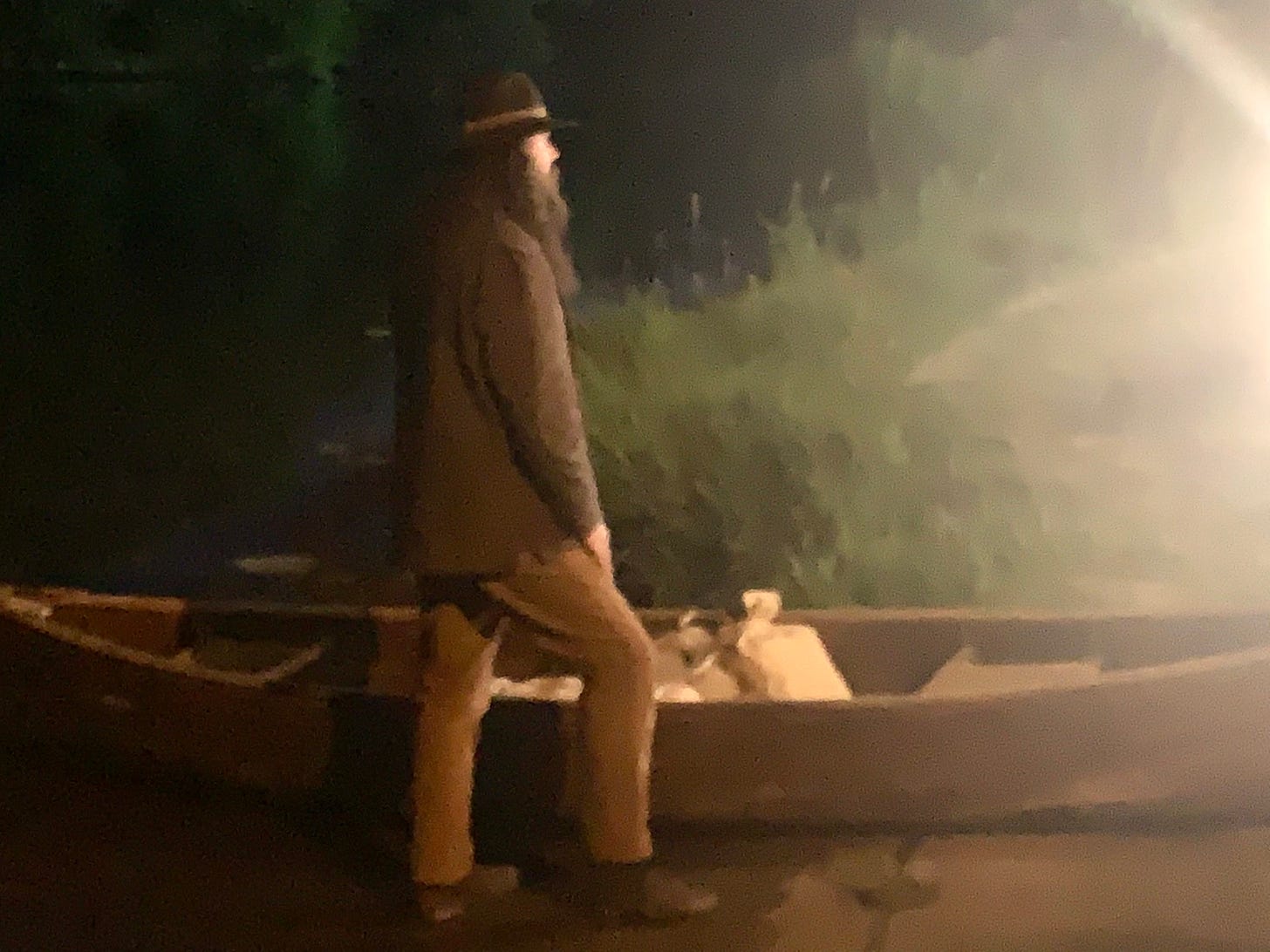
What an interesting documentary! I can’t wait to see it. Wish we could be there tomorrow. The story behind your music is fascinating.
Love the idea of the Greek chorus. I made a comment on your post about Auld Lang Syne which I can't seem to find. It was about how much I admired Jean Redpath and her song Will You No Come Back Again and how wonderful that you got to interview her before she died.